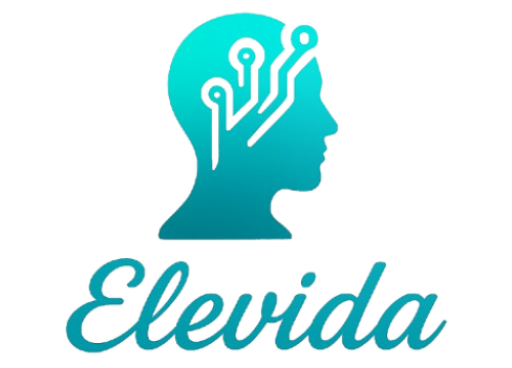Companies are investing billions in AI...
But what if the biggest threat to their ROI is their workforce rather than their technology? I have seen many leaders focusing on the “new shiny object” (i.e., the new AI tool) and not on their own people.
$8.8 trillion annually (!!!) is how much low employee engagement costs the global economy. This is the incredibly big cost of anxiety, burnout, and resistance, all of which increase during poorly managed tech transformations. When about half of workers (52%) worry about AI’s future impact on their jobs, a human-centered approach is a strategic need.
How do leaders unlock AI’s potential? They (read, you) must champion digital wellness. This is much more than a “soft skill”; it’s the core driver for turning employee resistance into amazing collaboration.
How do you transform AI anxiety into a powerful alliance?
Key Takeaways: A Leader’s Playbook
- Listen First, Launch Second: Proactively address team fears and frustrations before implementing or deploying new tools to build a foundation of psychological safety.
- Your Team is Your Mirror: People see and look up to you, including noticing your digital habits. Model the healthy tech boundaries you want to see in your team’s culture.
- Co-Create, Don’t Just Order: Invite your employees in the AI discovery and integration process to turn resistance into ownership and create advocates for change.
Your Human-Centered Playbook
-
Listen First, Launch Second: Cultivate Psychological Safety
Before deploying new tools, meet and talk with people (i.e., active listening) to understand your team’s actual fears. These concerns often stem from ambiguity aversion, or simply a natural human tendency to instinctively avoid the unknown. Name these fears openly and empathetically. You can’t solve a problem you refuse to see. Create an environment where employees feel safe to voice concerns, ask questions, and even make mistakes as they learn new AI tools (“fail forward”). When people feel heard, they are far more willing to engage, and their work quality increases exponentially.
-
Your Team is Your Mirror: Model Healthy Tech Boundaries
Your team is always watching you and your behavior. If you’re sending emails or Slack messages at 10 p.m., you’re signaling that burnout is the norm (and after hours is ok). Instead, model healthy tech boundaries. Block “no tech” focus time on your calendar and encourage your team to do the same. Provide resources for managing digital fatigue. Reframe AI as a powerful collaborator designed to reduce manual work, freeing up human potential instead of their replacement (this is particularly important).
-
Co-Create, Don’t Dictate: Empower Through Involvement
Invite and involve your team in AI discovery and integration instead of just telling them “what will happen.” Invite employees to critically think of ways in which AI can solve their biggest headaches. Create cross-functional “AI task forces” or pilot programs with volunteer “AI Champions” to test tools and build momentum and confidence. When people are part of the solution, they become its biggest advocates.
Your Legacy as a Digital Leader
True digital leadership is about being a human-centered guide – tech is important, of course, but the human aspect should be the main focus. The goal is to create a humanized, automated workforce, one that is resilient, confident, and thriving alongside AI.
Sources: Gallup, Pew Research Center




